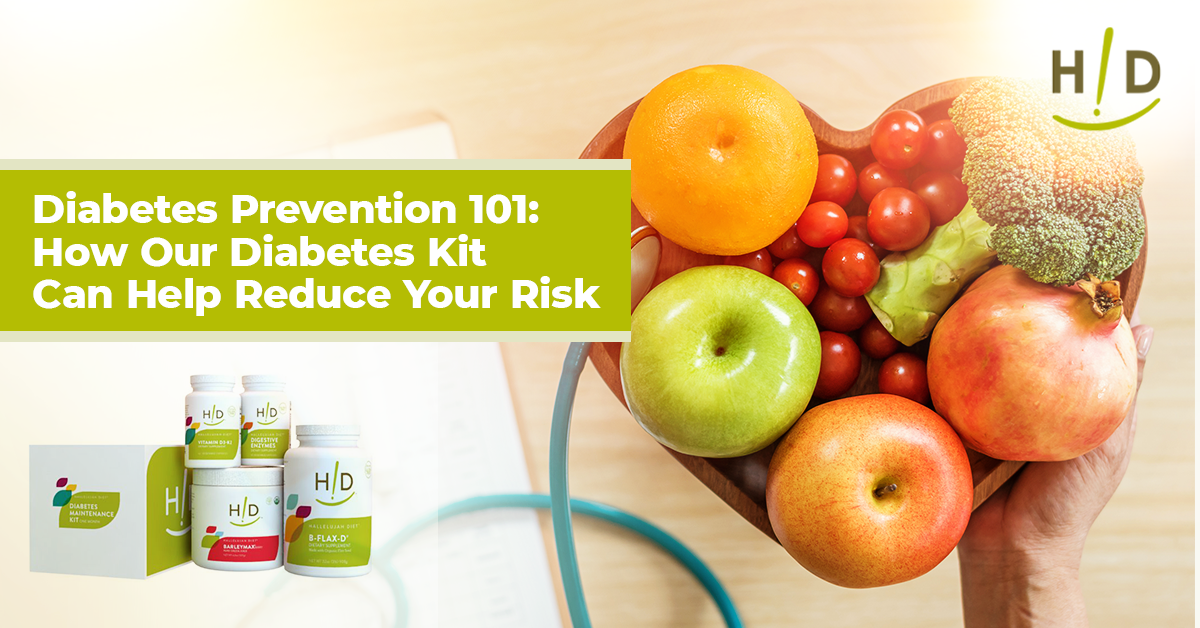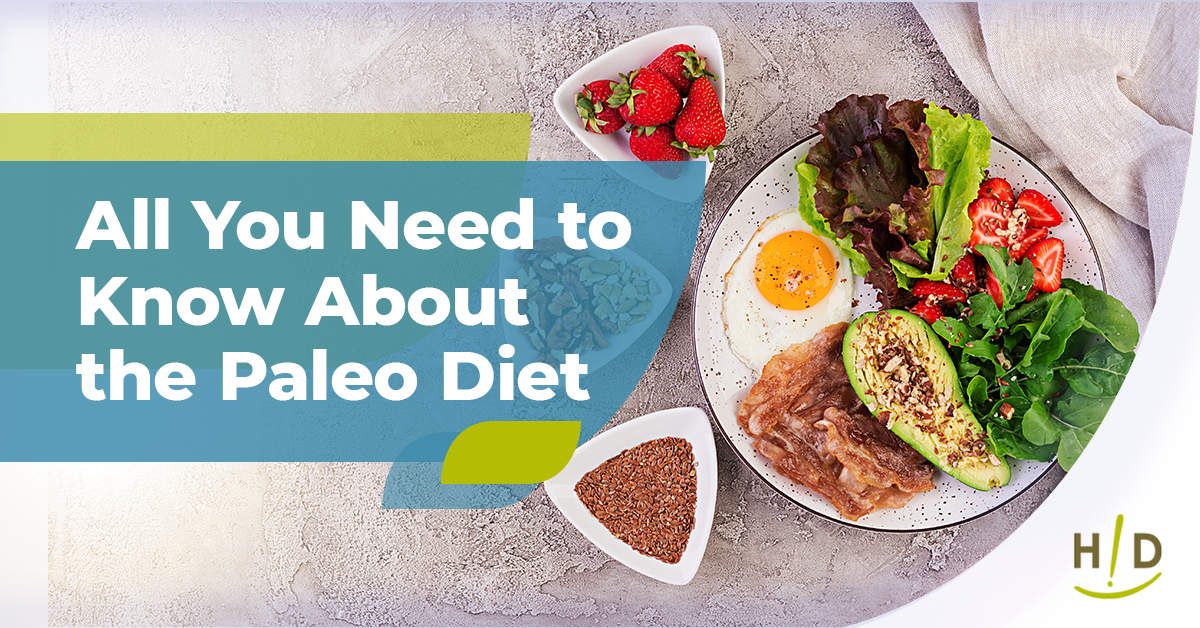Disease-fighting phytochemicals and other components of raw broccoli are often destroyed by cooking, especially boiling, which is why raw broccoli and other cruciferous vegetables have distinct advantages over cooked vegetables. However, for those who are on a plant based diet, there are numerous ways to preserve disease-fighting phytochemicals in broccoli if you prefer cooked vs. raw broccoli.
 Because of the numerous potential benefits of sulforaphane and other essential nutrients in broccoli, use caution when cooking it to preserve the disease-fighting ingredients broccoli offers. You can do this by eating broccoli raw or using a few special cooking tips and tricks.
Because of the numerous potential benefits of sulforaphane and other essential nutrients in broccoli, use caution when cooking it to preserve the disease-fighting ingredients broccoli offers. You can do this by eating broccoli raw or using a few special cooking tips and tricks.

What Is Sulforaphane?
Sulforaphane is a phytochemical in broccoli that enhances your body’s natural ability to fight diseases. Studies show that sulforaphane may help:- Alleviate chronic inflammatory diseases
- Enhance cancer-fighting abilities
- Improve cognitive function
- Reduce your risk of neurodegenerative disorders
- Protect your skin against ultraviolet (UV) radiation
- Lower your risk of low bone density and osteoporosis
- Protect you against heart disease and type 2 diabetes
- Enhance liver function
 Because of the numerous potential benefits of sulforaphane and other essential nutrients in broccoli, use caution when cooking it to preserve the disease-fighting ingredients broccoli offers. You can do this by eating broccoli raw or using a few special cooking tips and tricks.
Because of the numerous potential benefits of sulforaphane and other essential nutrients in broccoli, use caution when cooking it to preserve the disease-fighting ingredients broccoli offers. You can do this by eating broccoli raw or using a few special cooking tips and tricks.
How Is Sulforaphane Made?
Sulforaphane is made when sulforaphane precursors in broccoli combine with a broccoli enzyme, called myrosinase, to create a chain reaction. Sulforaphane precursors and sulforaphane are heat resistant, but myrosinase enzymes needed for the conversion are not. That’s why sulforaphane levels in your body after eating broccoli are usually much higher when choosing raw vs. cooked broccoli.How to Preserve Nutrients in Broccoli during Cooking
Because the enzymes necessary to convert sulforaphane precursors to sulforaphane in broccoli are destroyed during cooking, sulforaphane production significantly decreases in cooked broccoli. But, believe it or not, there are numerous ways to maintain high levels of sulforaphane in cooked broccoli using these few simple tips and tricks:1. Chop Broccoli and Wait 40 Minutes Before Cooking It
Chopping up broccoli and waiting 40 minutes helps ensure broccoli enzymes convert sulforaphane precursors to sulforaphane before cooking takes place. While enzymes in broccoli are not resistant to heat, sulforaphane is and remains in the broccoli during and after cooking. The action of chopping up broccoli activates the enzymes to make the conversion to disease-fighting sulforaphane while the broccoli is still raw. But don’t use frozen broccoli, as the myrosinase enzyme is likely already destroyed.2. Use Raw Broccoli vs. Frozen Broccoli During Food Prep
Frozen broccoli is typically blanched before freezing, which destroys broccoli enzymes before you cook the broccoli at home. So if you’re thinking about serving cooked broccoli, begin with raw vs. frozen broccoli to preserve enzymes and sulforaphane content. Make sure to chop up the raw broccoli and wait 40 minutes to ensure sulforaphane conversion before cooking it.3. Sprinkle Mustard Powder on Cooked Broccoli
Cooked or frozen broccoli that no longer provides the enzymes that form sulforaphane still contain sulforaphane precursors, which are heat resistant. Believe it or not, adding foods containing myrosinase enzymes to cooked broccoli can still active the conversion to sulforaphane. Simply sprinkle enzyme-rich mustard powder on frozen or cooked broccoli to restore its disease-fighting capabilities. Just 1/2 teaspoon of mustard powder seems to do the trick. Daikon radish is also effective for restoring the sulforaphane content of cooked broccoli.4. Eat Fresh Greens with Cooked Broccoli
If you’re eating cooked broccoli or reheated frozen broccoli that lacks the enzyme needed to create sulforaphane, simply eat fresh brassica greens containing myrosinase enzymes with the cooked broccoli to resume sulforaphane conversion. For example, eat a salad containing cabbage or kale with cooked broccoli or drink a raw greens smoothie with your meal.
Should I Take Digestive Enzyme Supplements?
Taking digestive enzyme supplements—specifically, those containing myrosinase—helps preserve the disease-fighting powers of sulforaphane within your body. Choosing digestive enzyme supplements containing a variety of enzymes needed for better nutrient absorption is your best bet when eating cooked foods regularly. If you’re following the disease-fighting, Biblically based Hallelujah Diet, you’ll eat 85% raw foods and just 15% cooked plant foods. Foods to focus on include:- Fruits and vegetables
- Legumes
- Whole grains
- Nuts and seeds
- Plant milks
- Extra virgin oils







